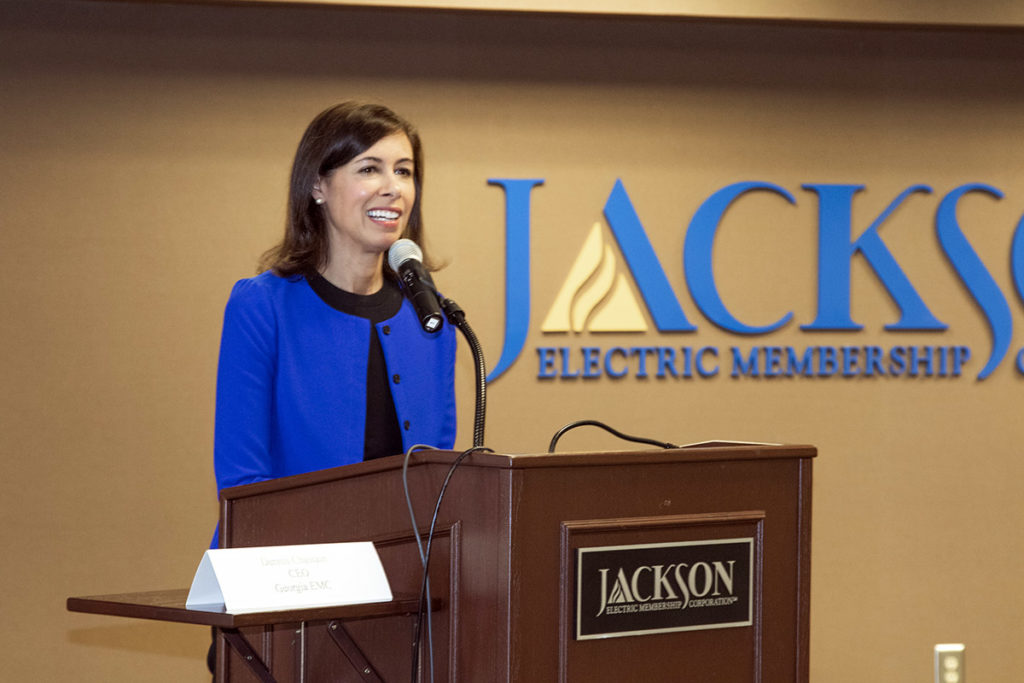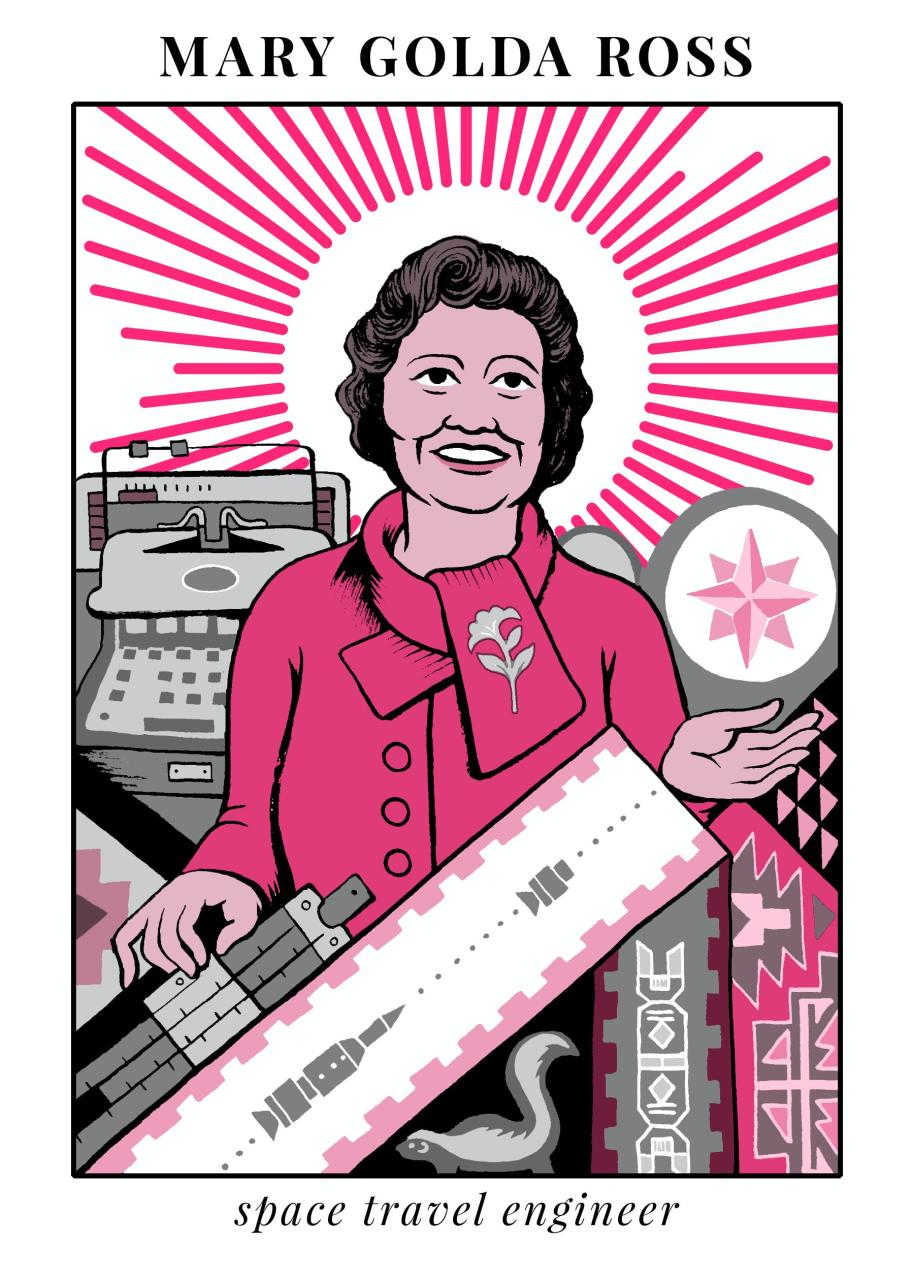FCC leaders say we need a ‘national mission’ to fix rural broadband

Democrats and Republicans in Washington can’t agree on much of anything these days.
One thing they do agree on: The digital divide undercutting rural America needs to be fixed. But figuring out the details of achieving this goal is where the two sides diverge.
As anyone who’s ventured beyond major cities or population centers in the US can tell you, high-speed internet access is a luxury that millions of people don’t experience. According to data from the Federal Communications Commission, roughly 39 percent of people living in rural regions of this country lack access to high-speed broadband, compared with just 4 percent of urban Americans.
What’s more, the internet that rural Americans can access is slower and more expensive than it is for their urban counterparts. To add insult to injury, rural residents generally earns less than those in urban areas.
So how are policy makers working to solve this problem? I traveled to Washington last month to talk about this topic with FCC Chairman Ajit Pai, a Republican, and Commissioner Jessica Rosenworcel, the only Democrat on the commission. Specifically, I wanted to know what they see as the cause of this divide and how they think it can be bridged.
One thing they agreed on: Deploying broadband is expensive in many parts of the country, making it hard for traditional providers to make a business for building and operating networks. But not surprisingly, they had different perspectives on what it will take to solve the problem.
‘In big cities and urban areas where you have dense populations, the cost of deployment is lower,’ Rosenworcel said. ‘When you get to rural locations it’s harder because financing those networks, deploying them and operating them is just more expensive.’
She added, ‘That’s not a reason not to do it. We’re just going to have to get creative and find ways to connect everyone everywhere.’
The maps ‘stink’
But before you can do that, you have to address one key issue, she said.
‘Our broadband maps are terrible,’ she said. ‘If we’re going to solve this nation’s broadband problems, then the first thing we have to do is fix those maps. We need to know where broadband is and is not in every corner of this country.’
You can’t solve a problem you can’t measure, she added.
The FCC’s current broadband maps grossly misstate where internet or wireless service exists and where it doesn’t. The issue hasn’t escaped the notice of lawmakers on both sides of the political aisle. At an FCC Senate oversight hearing this summer, Sen. Jon Tester, a Democrat from Montana, put it the most bluntly when he said the maps ‘stink.’
One of the major reasons for that: The FCC has relied on wireless and broadband companies to report to the FCC where they offer service. But the agency doesn’t check the data. What’s more, providers only need to report advertised maximum speeds and not actual speeds. They also keep pricing information confidential, which means that broadband speeds may be available but outrageously expensive.
A bigger issue is that so long as providers report having just one customer in a census block — the smallest geographic area used by the US Census Bureau — who can get broadband service, the entire area is considered served. In rural areas, that home may be the only place with internet service for miles around.
Pai agrees that the inaccuracies of the FCC’s maps are a major problem. And he acknowledges that relying solely on self-reported data from the carriers is an issue. But he blames the previous Democrat-led administration for creating the problem and says his administration has been left to clean up the mess. He said that when he became chairman in January 2017, the FCC had to sift through that self-reported data based on parameters that individual carriers defined, creating a mismatched data set.
‘So we didn’t just have apples and oranges,’ he said. ‘We had apples, oranges, bananas and many other fruits.’
He said his administration has tried to streamline the process so the FCC is at least gathering the same self-reported information from each carrier. But he admits that the process is still flawed. To rectify that, the agency has developed a challenge process.
‘We’ve asked the American public, state and local officials, and carriers, consumer groups, farm groups in rural states to challenge those maps and tell us where they’re inaccurate,’ he said.
But he says this process will take some time to play out.
‘The maps as they currently stand aren’t perfect,’ Pai said. ‘But our goal is to make sure with respect to wireless connectivity that we have a clear-cut idea about where those connections are and where they aren’t.’
Rosenworcel argues these efforts aren’t enough. She thinks the FCC needs to use staff from its field offices to go out to check the maps. She also says the FCC needs to go directly to the public for this information.
‘Every one of us knows where we get bars on our phone,’ she said. ‘We need to figure out how to crowdsource all that energy out there in the public and develop a map that isn’t just made here in Washington but is made by all of us.’
Factoring in the net neutrality repeal
Another area of disagreement between the two officials is the role that the repeal of the popular 2015 net neutrality rules has played in spurring investment in broadband infrastructure, particularly for rural carriers.
The Obama-era net neutrality rules prohibited broadband companies from blocking or slowing access to websites or online services. They also banned providers from favoring their own services over competitors’ offerings. But the rules also reclassified broadband as a public utility under Title II of the Communications Act, potentially subjecting broadband and wireless networks to regulation originally meant for telephone networks.
The broadband industry and Republicans like Pai argued that saddling broadband and wireless companies with utility-style regulation developed 80 years ago stifled innovation and network investment, particularly in rural areas where capital is already constrained.
‘We saw a downturn for the first time outside a recession in the two years when Title II was in effect,’ Pai said.
He said the rules hit smaller carriers especially hard. He pointed to Paladin Wireless in Royston, Georgia, which he said spent $8,000 in compliance under the previous rules. While that might be a small amount of money for a big company like AT&T or Verizon, he said, $8,000 to a small wireless company ‘could have gone a long way in terms of connecting people.’
Since the rules were repealed, according to Pai, rural operators have said they’re more confident about investing in their networks.
He said VTel Wireless, a small wireless company serving rural Vermont and parts of New Hampshire, decided to invest $4 million to upgrade its 4G LTE network as a result of the net neutrality repeal.
‘Smaller providers will tell you that this does factor into their decisions,’ Pai said. ‘And to have a light-touch approach that protects consumers on one hand and preserves their incentive and ability to invest on the other is a really powerful solution, especially in rural America.’
Rosenworcel disagrees. She said she supports net neutrality and believes the agency’s ‘misguided decision’ to repeal the rules will ‘squander internet openness.’
‘The argument is that we will see more deployment in rural locations,’ she said. ‘But I don’t believe that we have evidence that suggests that’s happening. Instead, what we have are more companies with more rights to block and censor content online, and that’s not good for any of us.’

A 1930s-style ‘national mission’
Ultimately, Pai and Rosenworcel agreed what’s really needed to bring broadband to every American is a national vision on the scale of what the US government did when it brought electricity to rural America in the 1930s.
‘We were able to get electrification to happen in rural, hard-to-reach parts of this nation,’ Rosenworcel said. ‘We need to be able to do the same with broadband.’
Pai agrees that a ‘national mission when it comes to broadband,’ on the scale of what happened the better part of a century ago, is necessary. He said what gives people hope in small towns throughout rural America is the ‘promise of digital opportunity.’
People living in these areas want the same thing that people in big cities and suburban areas want, he emphasized. They want to be able to better educate their kids, access high-quality health care and enable precision agriculture to grow their businesses. And all of that in 2018 requires connectivity to high-speed internet service.

‘It really would be a game-changer for rural America if every town in this country were connected,’ he said. ‘And that idea is bipartisan in nature.’



